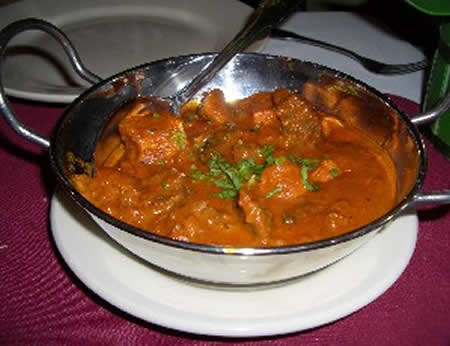Jordysportracing
Well-known member
found this while poking around my 133:

10kg of Iron!! I assume its to balance the driver on LHD cars but forgot to move it over. Held on by 1!! 13mm bolt on the drivers chassis leg.

10kg of Iron!! I assume its to balance the driver on LHD cars but forgot to move it over. Held on by 1!! 13mm bolt on the drivers chassis leg.






